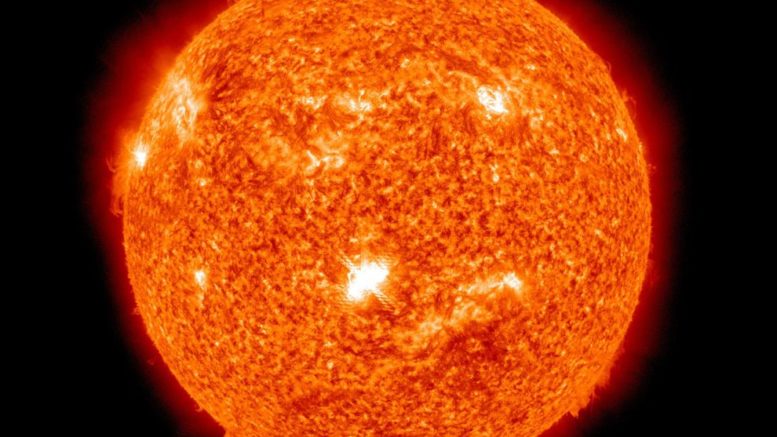There are a plethora of guides available online for what can be seen and how solar observing can be done. Space.com, Astronomy.com, SkyAndTelescope, and others all provide their own tutorials and guides; however, this article, we will be providing a bunch of tips and tricks to help out in observing regardless of which article or guides you follow.
- Never look directly at the sun without an appropriate filter. The sun can cause permanent eye and telescope damage.
- Although uncommon today and only available in older telescopes, NEVER used a Sun filter. They are extremely unsafe!
- If deciding between utilizing a larger telescope, 8 inch dobsonian, or a smaller scope, 4 inch dobsonian, for solar observing always go with the smaller scope. Smaller scopes will get better viewing clarity on the sun than larger scopes.
- If you are unsure about which filter to use, talk to an astronomer at a local astronomy club or forum board or us for their suggestions.
- If using a telescope, please make sure that the filter is tightly screwed onto the front of the telescope before even trying to view the sun!
- In terms of direct viewing, refractors are slightly better and deliver sharper and higher-contrast images than reflectors
- For solar projection, refractors are best due to minimum obstruction in the focussed light path and for mechanical mounting of a projection screen.

Leave a comment